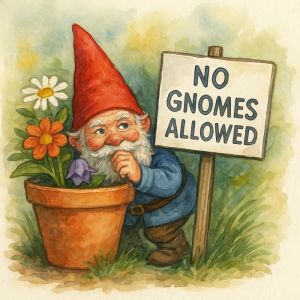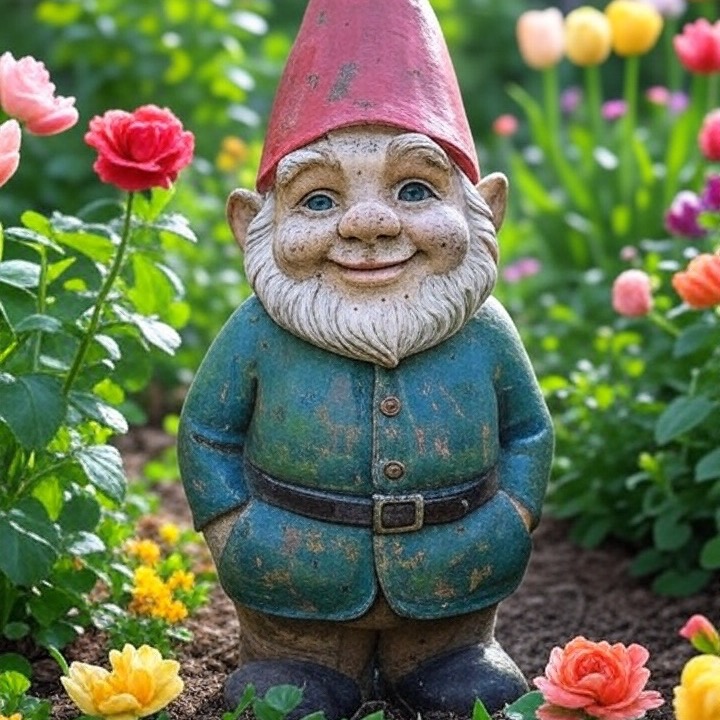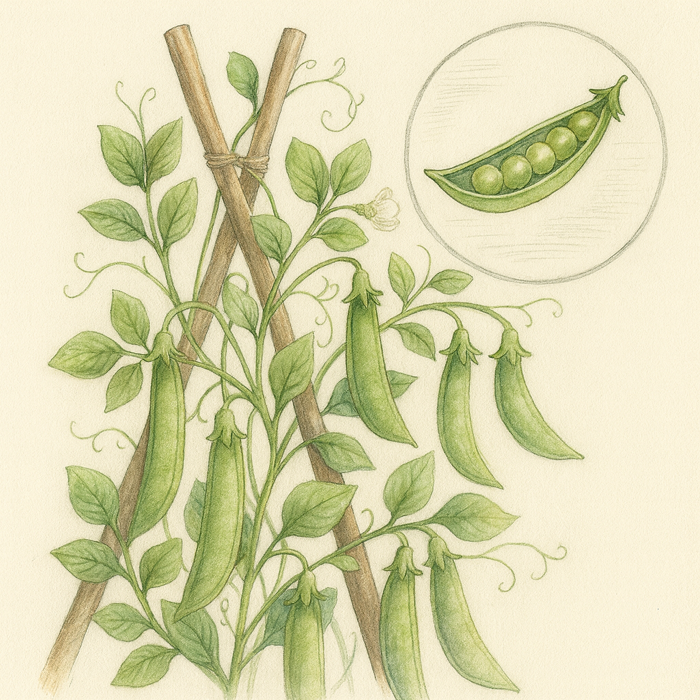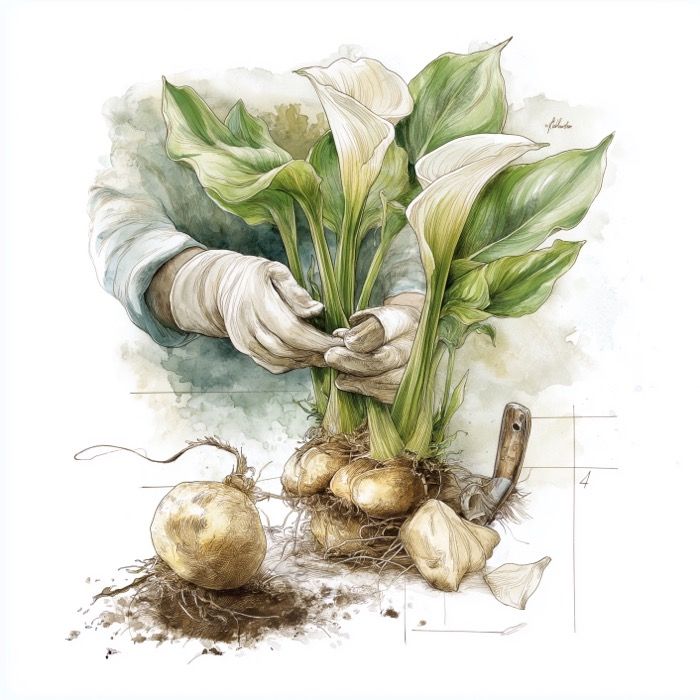The Curious History of Garden Gnomes – From Germany to England’s Love-Hate Saga
Introduction – Why Garden Gnomes Spark Debate
Few garden ornaments have caused as much drama as the humble garden gnome. Loved, banned, mocked, and even insured for a million pounds, these pint-sized, bearded figures carry a story far bigger than their size. From German folklore to England’s prestigious Chelsea Flower Show, garden gnomes have journeyed through centuries of fascination and controversy.
Let’s dig into the quirky history of garden gnomes, why they were once banned in England, and how they’ve become symbols of luck, rebellion, and whimsy in gardens worldwide.
The Birth of the Garden Gnome in Germany
The story begins in the forests and folklore of Germany. In the 16th century, Swiss alchemist Paracelsus described gnomes as earth elementals—mythical beings who guarded treasures underground and nurtured the soil.
By the 1840s, potter Philipp Griebel of Gräfenroda, Thuringia, crafted the first terracotta garden gnomes. Inspired by local dwarf legends, he designed bearded men with shovels, lanterns, and wheelbarrows—symbols of protection and good fortune for gardeners. Fellow maker August Heissner soon followed, and their creations quickly spread across Germany.
These handcrafted figures weren’t just decoration. They represented a romantic bond with the land and became beloved protectors of gardens, especially among the working class.
Gnomes Cross the Channel to England
Gnomes first arrived in England in 1847, thanks to Sir Charles Isham, a Northamptonshire landowner and passionate gardener. Isham brought 21 terracotta gnomes from Germany to his estate, Lamport Hall, and displayed them in his rock garden.
One of these gnomes, nicknamed Lampy, still survives today—and is insured for over £1 million. For Isham, these figures were more than novelty; they were whimsical companions in his quest to connect with nature’s “spirits.”
Victorian England, with its love of ornate gardens and garden art, quickly embraced the gnome. By the late 19th century, mass production made them accessible to middle-class households, where gnomes stood proudly in cottage gardens and suburban plots.
But as popularity spread, so too did criticism—setting the stage for one of gardening’s strangest bans.
The Chelsea Flower Show Ban – Gnomes as Garden Outcasts
When the Royal Horticultural Society (RHS) launched the Chelsea Flower Show in 1912, gnomes were conspicuously absent. The RHS considered them tacky and out of step with “serious” horticultural design.
This bias had class undertones: gnomes were loved by working- and middle-class gardeners but dismissed by the elite, who preferred marble statues and minimalist features. The RHS formalized the ban, declaring gnomes and other ornaments unwelcome in Chelsea show gardens.
For decades, gnomes symbolized rebellion. To some, they cheapened gardening’s artistry. To others, they added charm and personality. The ban lasted over a century—turning garden gnomes into icons of kitsch and defiance.
The Gnome Renaissance – Breaking the Ban
Despite Chelsea’s restrictions, gnomes thrived elsewhere. After World War II, plastic versions became affordable staples in British gardens. Pop culture also gave them a boost—Disney’s Snow White and the Seven Dwarfs (1937) reinforced the association between dwarves and garden charm.
Finally, in 2013, the RHS lifted the gnome ban for Chelsea’s centenary celebration. Celebrities like Elton John painted gnomes for charity, and show gardens proudly displayed them for the first time in a hundred years.
Though some critics still frown, the gnome’s comeback reflects a broader acceptance: gardens are as much about joy and personality as they are about plants and design.
Gnomes Today – A Lasting Legacy
Today, garden gnomes dot gardens across the globe, from English balconies to American flowerbeds. Their journey—from German folklore to Chelsea Flower Show exile—captures the tension between class, culture, and taste in gardening.
Whether seen as protectors, pranksters, or just kitschy fun, gnomes have proven resilient. They remain timeless reminders that gardening is about more than perfection—it’s about delight.
Master Gardener Tip: While gnomes don’t actually guard your crops, they do protect your garden’s personality. Adding whimsy is just as important as soil and sun when creating a space you’ll truly love.
FAQs About Garden Gnomes
What is the origin of garden gnomes?
They originated in 19th-century Germany, crafted by potters like Philipp Griebel, inspired by folklore about dwarves and earth elementals.
Why were garden gnomes banned at the Chelsea Flower Show?
The Royal Horticultural Society considered them “tacky” and out of place in high-end horticultural design, banning them from 1912 until 2013.
What do garden gnomes symbolize?
Traditionally, they represent good luck, protection of crops, and a connection to the land.
Are garden gnomes still popular today?
Yes! They’re beloved worldwide, found in gardens from rural cottages to city balconies, and have become icons of whimsy and charm.
More From Our Master Gardener
Recent Posts

How to Grow Peas: The Ultimate Beginner’s Guide for Sweet, Crisp Harvests

How to Propagate and Dig Up Calla Lilies – A Step-by-Step Guide

Turn Fall Leaves into Garden Gold 🍂 | The Simple Trick Every Gardener Should Know

When and How to Dig Up Dahlias – The Best Time, Storage, and Overwintering Guide for 2025 Blooms

When and How to Dig Up Peonies – A Step-by-Step Guide for Vibrant Blooms















